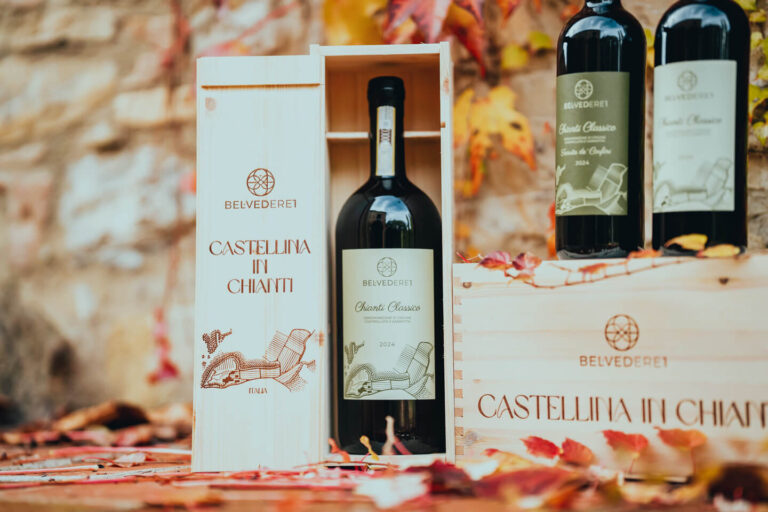
Cicerchia (Grass Pea)
- OSF Orto
History
From the early Neolithic period, cicerchia originated in the Balkan Peninsula. The first domesticated crop in Europe is thought to have been this plant around 6000 BCE. A wide range of areas, including the Mediterranean region, southwestern and central Europe, as well as Iraq and Afghanistan, are now cultivated and naturalized with cicerchia.
Economically, cicerchia are an important crop in Pakistan, India, Nepal, Bangladesh, and Ethiopia. In Tuscany, it is still widely grown.
Fun Facts
Circerchia is hardy and able to grow in poor soils, making them important crops in areas where other crops struggle.
Health Benefits
Circerchia is an excellent source of protein, containing up to 25% of its dry weight in protein. Additionally, it contains dietary fiber, which may help promote digestive health. In cicerchia, antioxidant compounds such as flavonoids and phenolic acids may help reduce the risk of chronic diseases such as cancer and heart disease.
As a traditional treatment for scabies, allergies, and eczema, cicerchia is commonly used.
When to Plant Cicerchia
In general, cicerchia is a cool-season crop that is best planted in late summer or early fall, from mid-September to mid-October, or in early spring, from late February to mid-March. Temperatures between 59°F and 68°F (15°C and 20°C) are optimal for growing cicerchia.
A wide range of soil types are suitable for cicerchia, but it prefers fertile, well-drained soils rich in organic matter. It is generally recommended to space seeds 4 to 6 inches (10 to 15.2cm) apart. To allow the plants to grow and develop properly, rows should be spaced at least 12 to 16 inches (30.4 to 40.6cm) apart.
Harvesting
Circerchia usually takes 90 to 120 days from planting to harvest. Planting cicerchia in the fall will result in a harvest in early spring, typically in late March to early April. Planting cicerchia in the spring, however, will result in a harvest in early summer, typically between late May and early June.
Companion Plants for Cicerchia
The best companion plants to grow with cicerchia are legumes, Brassicas, marigolds, and tomatoes.
Summary
Cicerchia (Grass Pea) originated in the Balkan Peninsula and was first domesticated in Europe around 6000 BCE. It is an important crop in many countries and is hardy and able to grow in poor soils. It contains up to 25% of its dry weight in protein, dietary fiber, and antioxidant compounds. It is best planted in late summer or early fall, with temperatures between 59°F and 68°F (15°C and 20°C). Companion plants for cicerchia include legumes, Brassicas, marigolds, and tomatoes.




